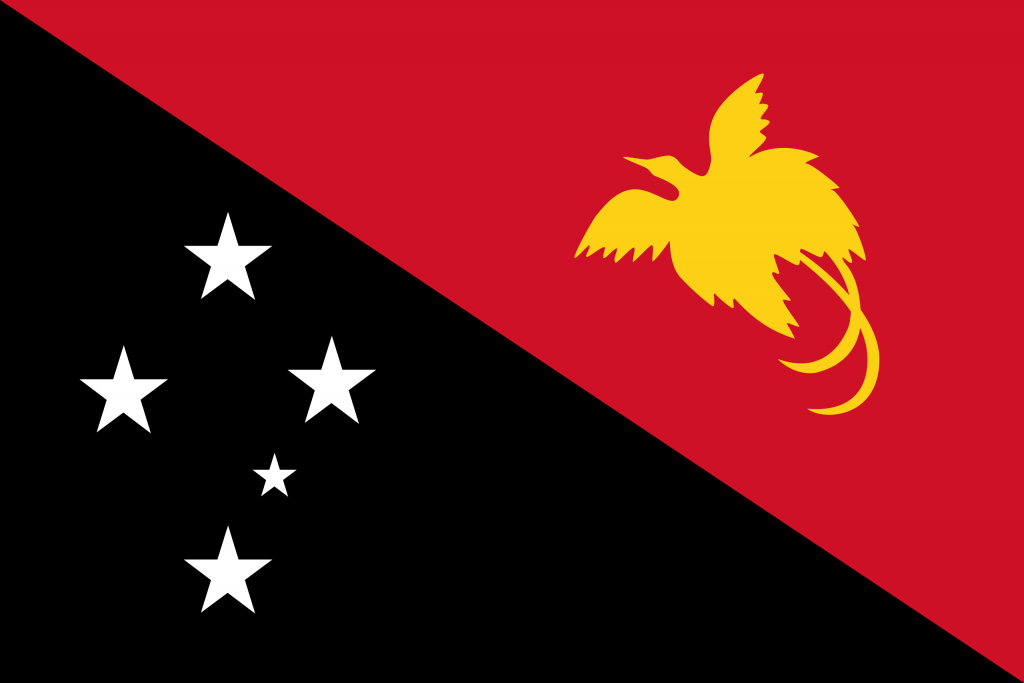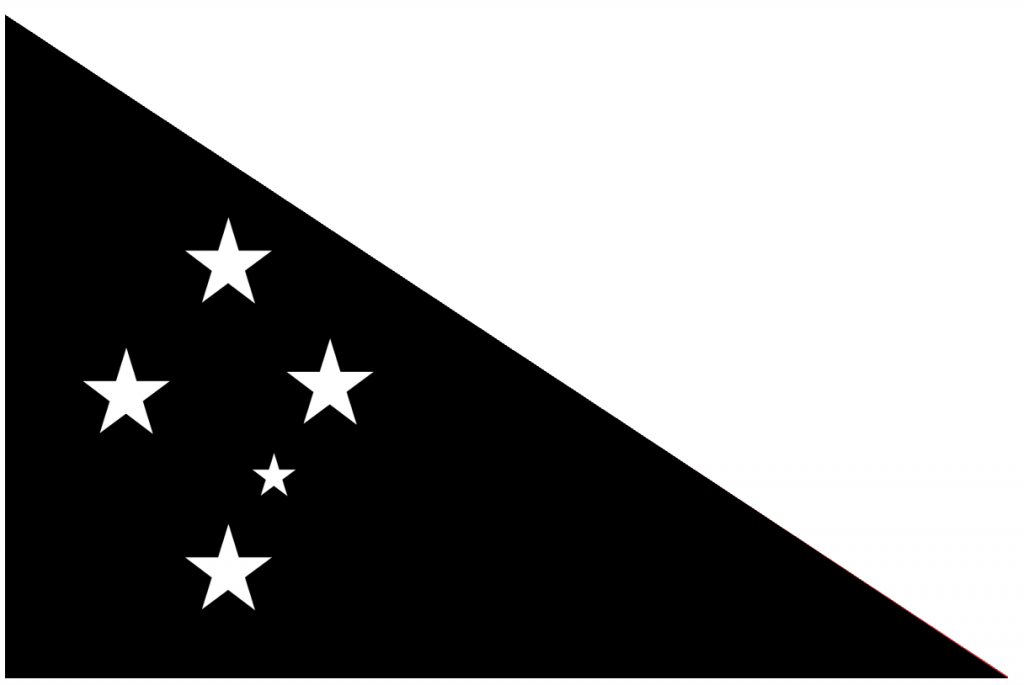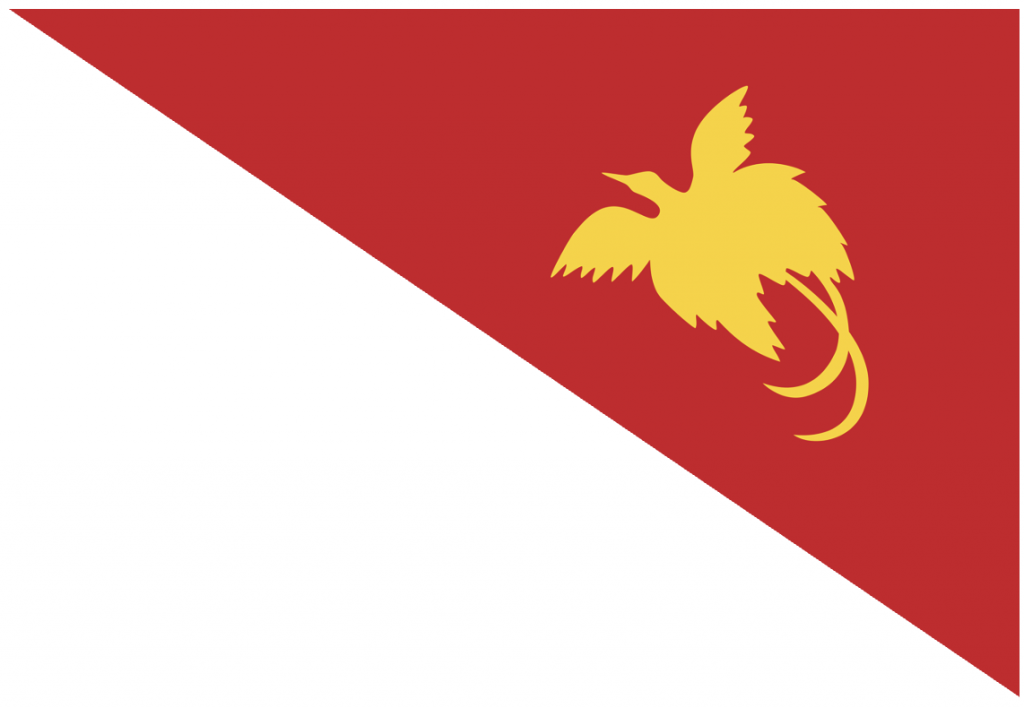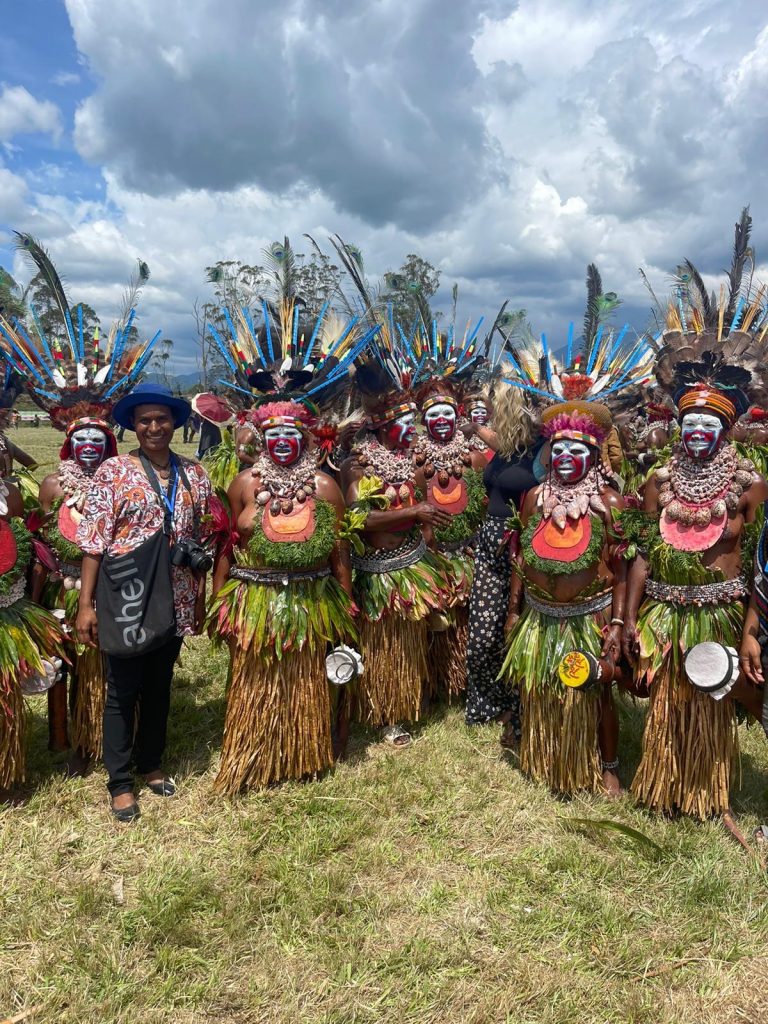As we know, flags are an important symbol in countries’ identity domestically and internationally. But why do some flags look so distinct and others so similar? Continuing our series on flags of the world, we are taking on a nation we recently immersed ourselves in, unearthing some fascinating history and cultural facts.
Firstly, the saying goes that the best flag designers are those who can get their country’s history, culture, and message across in five seconds. Interesting, in the case of PNG, it was a 15-year-old school student named Susan Karike who, in 1971, submitted her design application and won the nation’s hearts. Susan became a household name as natives celebrated her design being adopted instead of the original design and designer the Australian administration proposed. That is a fair point considering they were gaining independence from the nation.

Dissecting the Papua New Guinea Flag
The colours chosen for the Papua New Guinea flag are black and red to represent tribes and red-black-white to symbolise the German empire flag that colonised the nation before 1918. Further is the yellow bird, which we will come back to shortly.
The rectangular flag is in the portion of four to three, the dimensions much smaller than most flags, almost making it square in shape. Furthermore, it is split up into two triangular sections, with the lower section on a black background featuring five five-pointed white stars. They represent the Southern Cross, specifically the stars Alpha, Beta, Gamma, Delta and Epsilon, which is smaller because it shines less in comparison. The design was chosen as it is a constellation distinguished in the night skies of PNG and other countries in the southern hemisphere. In addition, selecting it illustrates Papua New Guinea’s historical relationship with other South Pacific nations. Did you know the southern cross features on the flags of five countries – New Zealand, Australia, Brazil, Samoa, and Papua New Guinea?

The upper section features the national bird, the Raggiana bird-of-paradise, in yellow on a red background. A simple message symbolising paradise and the full-flight freedom the country gained when becoming independent.

Identity, Independence, and the Papua New Guinea Flag
Travelling through Papua New Guinea and the opportunity to meet the locals, it is clear that independence and culture are essential to their national identity. In my 12 days in PNG, I had the opportunity – nearly every day to witness their flag flying high while listening to the national anthem, which is incredibly catchy. In the lyrics is the phrase “We’re independent, and we’re free”, which was always sung slightly higher and with extraordinary passion. In my quest to learn more about the national pride you could feel, my local friend Tabita shared how their flag and anthem reinforced their sense of belonging. An interesting point when considering the country of 7 million people has over 850 languages and more than 600 distinct tribes. Hence the importance of their flag uniting all people of Papua New Guinea despite differences. If I learned anything, it is that the flag of PNG gives a great insight into the qualities of the country and people and their global geography.
Come and join us next August on our Papua New Guinea Mount Hagen Festival & Bougainville Tour. We will witness hundreds of tribes from all over the island showcasing their tribe’s traditional clothing, dances and games.






